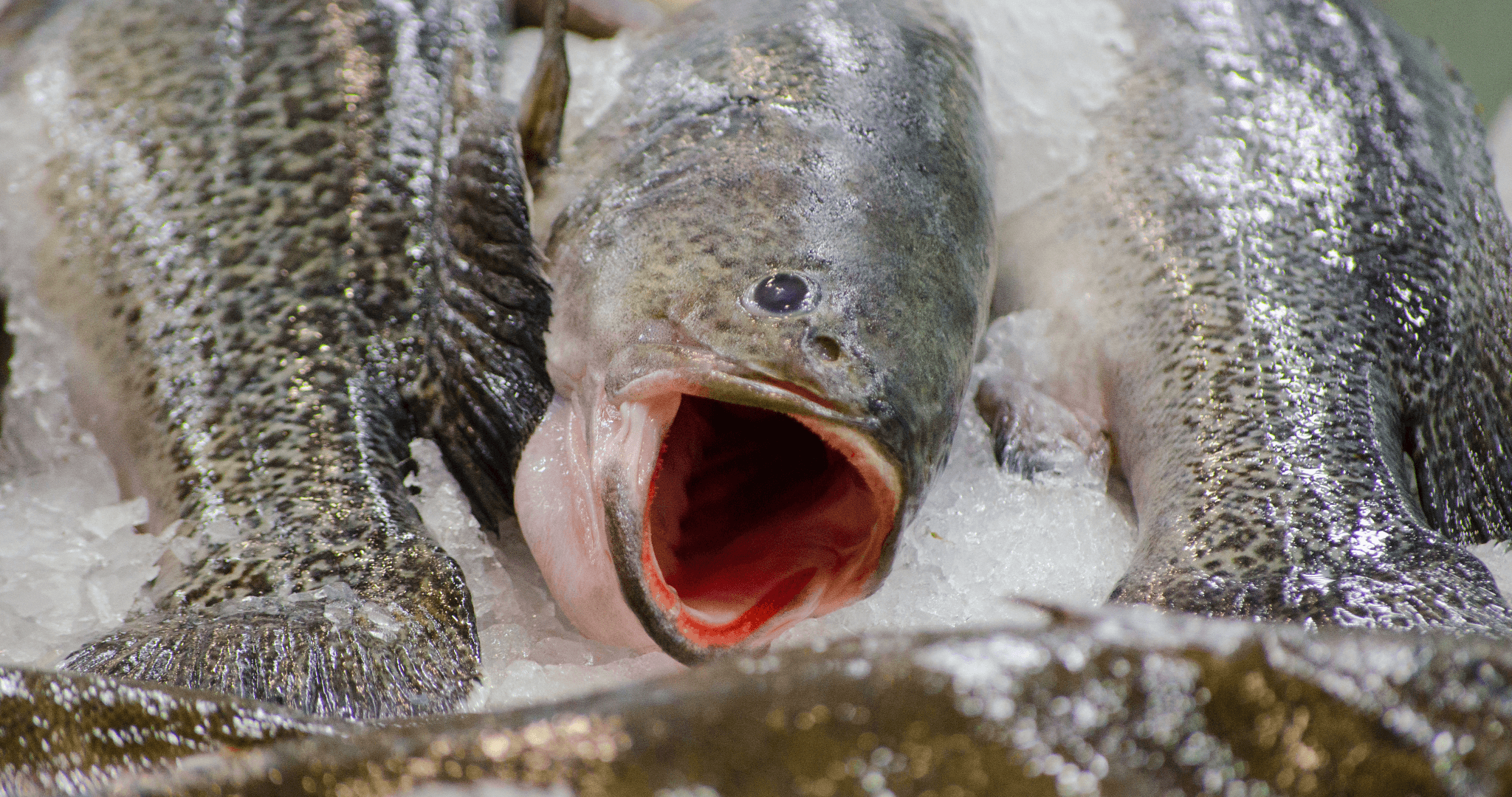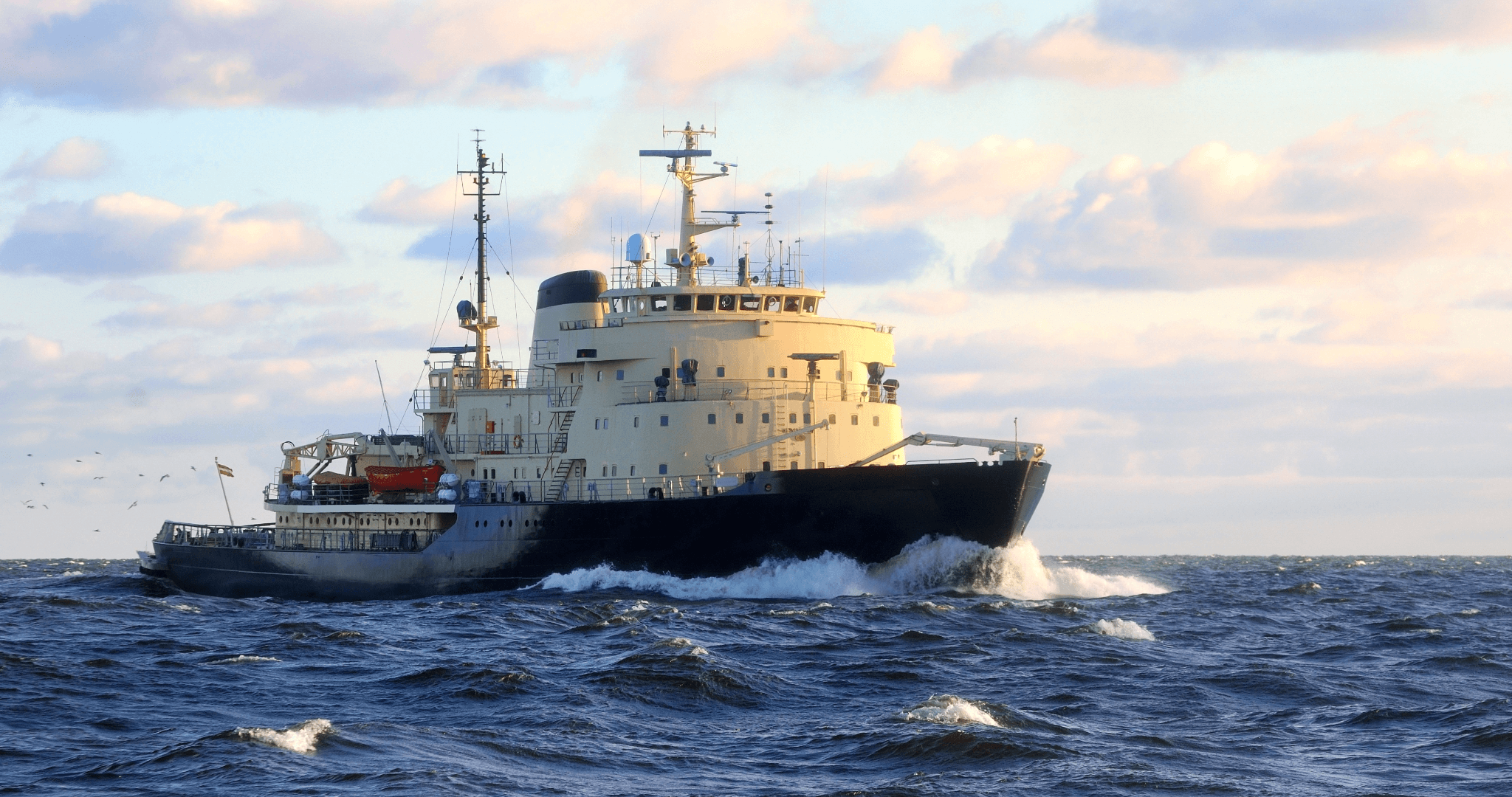Frozen at sea prices down - but is price the whole story?
Posted by Emily on 13th Nov 2023 Reading Time:
Some fish & chip shop owners have told us the price of frozen sea fish has halved since the beginning of the year, but is that the case for all? We look at the broader picture.
While prices of cod have dropped by 20%, haddock prices have eased much more significantly with some merchants reporting a price drop of up to as much as 50%. This is the lowest haddock has been since the summer of 2020.
The main driver pushing down prices is the supply into the UK being greater than demand as countries outside of the UK have found cheaper alternatives to cod and haddock or simply refused to pay the all-time high record prices. This has resulted in more of the catch from the North East Atlantic finding its way to the UK than previously happened.
This has been compounded by a drop in demand from UK shops - down by as much as 20% some fish merchants claim - as the cost of living crisis has taken hold.
As the price of fish and chips nudged £10, this has seen many friers switch to selling smaller portions of fish to remain competitive and keep the costs down. What’s more, some customers have opted for cheaper items, such as sausages, and others have avoided the fish and chip shop altogether or visited less frequently.
Also influencing prices are changes to the quota system. Icelandic haddock in particular has seen a 28% quota increase for 2023 plus an additional 20% hike for 2024, resulting in an increase in supply at a time of falling demand. However, this is counter-balanced by a 17% decrease in the Barents Sea haddock quota, which some experts say could outweigh the increase in the Icelandic quota, meaning far less stock of haddock on the market than initially predicted.
In comparison, the Icelandic cod quota has seen a marginal 1% increase while the Barents sea cod quotas for 2024 are down 20%. This followed a 20% drop from the agreed catch in 2022, explaining why cod has not fallen back as dramatically as haddock.
But it’s not just quotas of cod and haddock specifically that influence prices to UK fish and chip shops. Iceland’s quota holders are being forced to target haddock because of the lack of allocation in other species, meaning once again haddock is in plentiful supply, adding to the complexity of the situation.
Whilst cod has not fallen as much in price as haddock, Ray Clutterbrook, sales manager at Hull-based frozen-at-sea fish supplier XpressFish, believes a 20% drop is still significant given the current situation.
He comments: “Virtually all of the Russian supply was cut off from July 2022 after the UK government imposed a 35% tariff on Russian fish with 2023 cod quotas reduced at the same time. It’s estimated that Russia supplied around 30% of all whitefish used in the UK, so quite a remarkable turnaround for cod prices to have fallen taking the above factors into account.”
Where fish prices go from here is anyone’s guess. Some sources say they have bottomed out, while others are happy to take a punt that they could still go lower. However, with so many factors influencing price, it’s almost impossible to predict, especially considering political interference from countries such as Russia and China are also likely to cause fluctuations.
Gary Warner, director at Warner’s Fish Merchants in Doncaster, South Yorkshire, comments: “China is in the process of increasing its supply of H&G again. Russia has also be focusing on fillet demand in the EU which pushed all other fillet-producing nations to look to the UK. We’ve seen brands never seen before in the UK looking for better prices than in the EU and US over the last year.”
While lower fish prices are a cause for celebration among chip shops, which have been struggling with with soaring ingredient costs over the past 12 months, it should be treated with caution as a perfect storm could be about to hit as vessel owners face increasing costs.
Daniel Harbo Pinheiro of PHL Seagold, which operators the Norwegian long-liner Leinebris among others, explains: “Fishing vessels, just like everybody else, have been bit hard by inflation. It costs much more to operate a vessel today than it did a year ago. Prices for fuel, bait and other items are constantly increasing.
“At the same time, the fish prices are going down, and it will become a point where it isn’t viable to process as many fillets as we would like to. Should our costs continue to increase, and simultaneously the value of our catch continues to go down, we may have to focus more on H&G production instead of processing fillets. The H&G production is much more cost-effective compared to processing fillets.”
It begs the question of what does the price matter if there is no fish, which has led to calls from some merchants for chip shop owners to realise that while in the short term were are seeing an oversupply, in reality, for the year the market could well be under-supplied.
Warners’ Gary Warner says chippies should therefore be asking their suppliers what provisions they are making to keep their business supplied over the year, adding: “As the biggest consumers in the world of cod and haddock, we need to be thinking how can we maintain supply at sensible pricing as the present system doesn’t support that, and chippies will become victims again if they only focus on price.
“Most suppliers today are running on the lowest stock levels due to low margins and bank interest hikes, plus an uncertain customer base. So when the market turns I fear the worse. But I don’t think that will be this year; more towards Easter as demand picks up and fishing companies start running out of quota.”
One obvious factor that could help improve supply and cool prices once more would be the reintroduction of Russian supply to the UK at some distant point.
“That would stir things up a bit,” says XpressFish’s Ray, who adds: “Regardless, we work in a free market economy and prices will always be determined by supply and demand so peaks and troughs are here to stay. Fish is no different to any other commodity.”
Have you noticed these price shifts on frozen-at-sea haddock or cod? Share your thoughts and join the conversation below.




